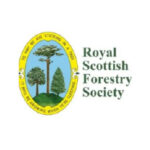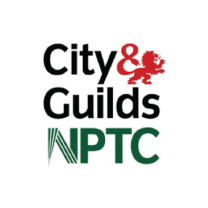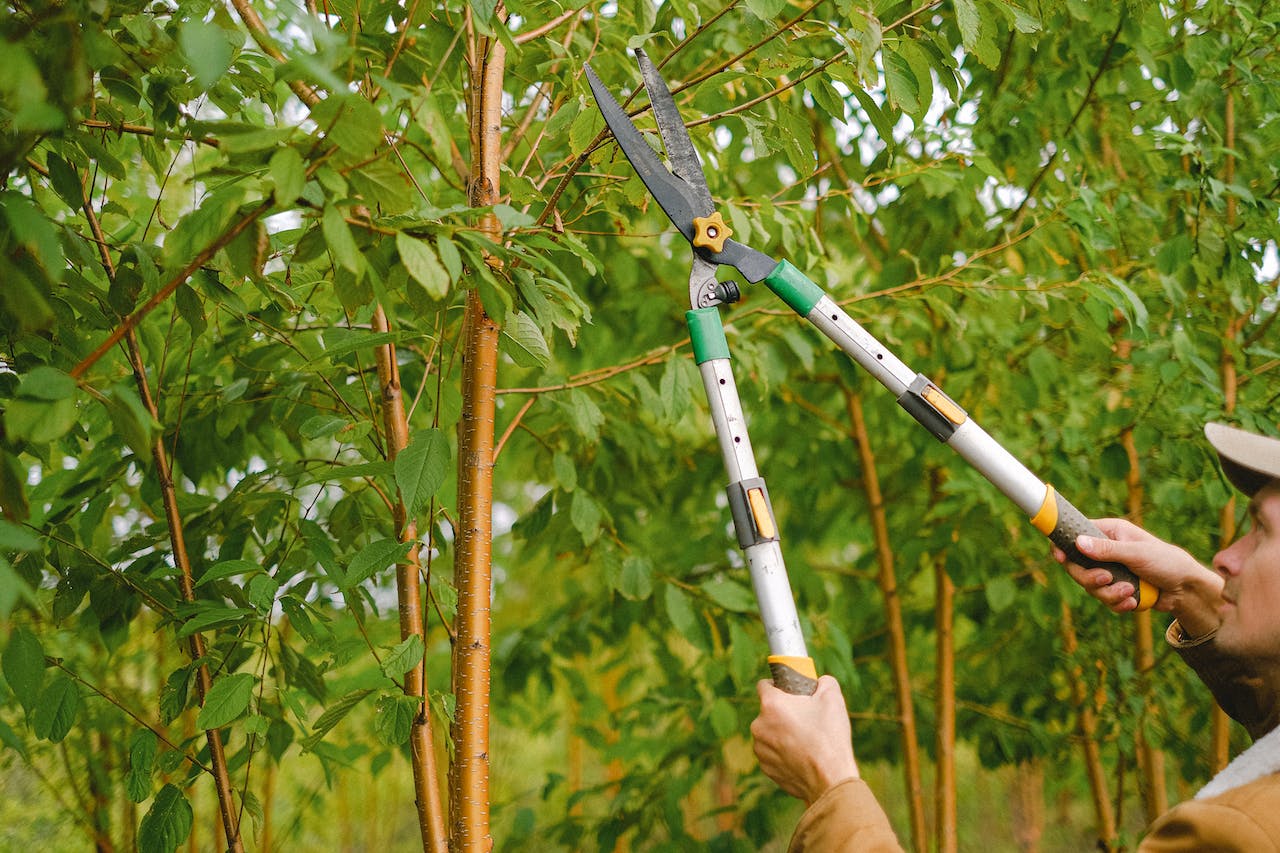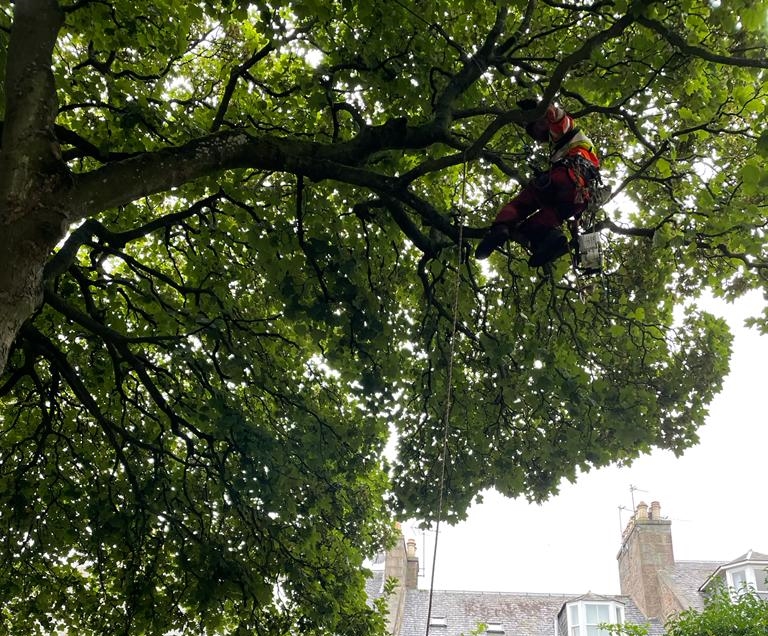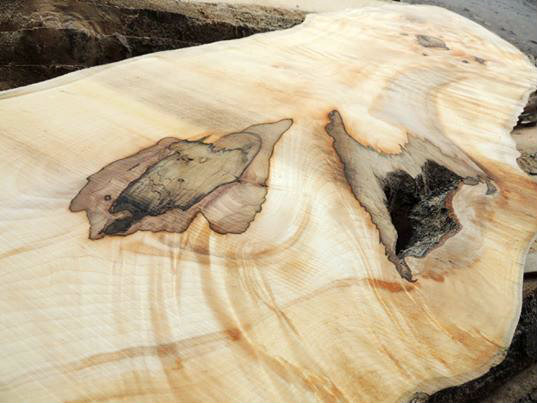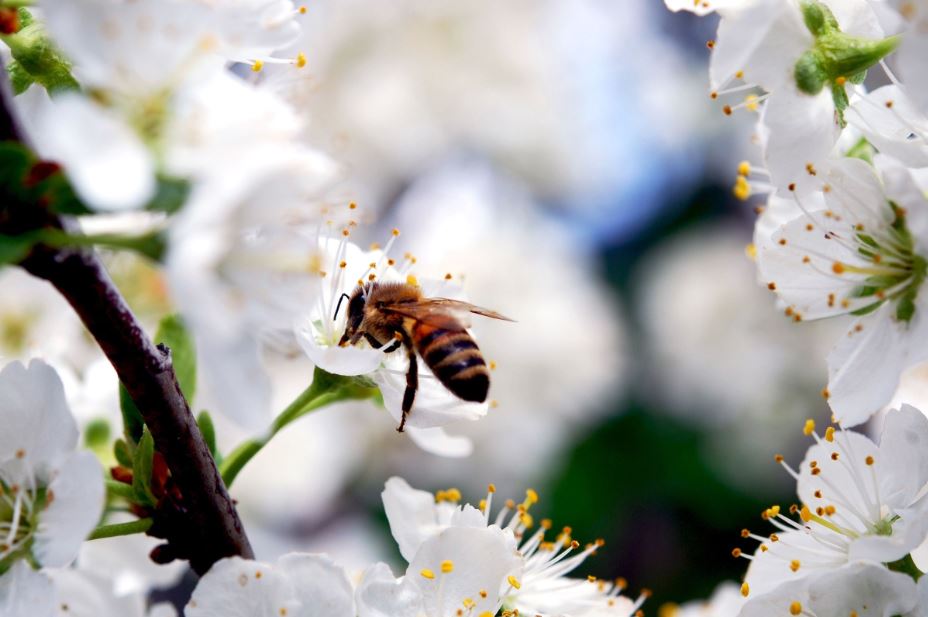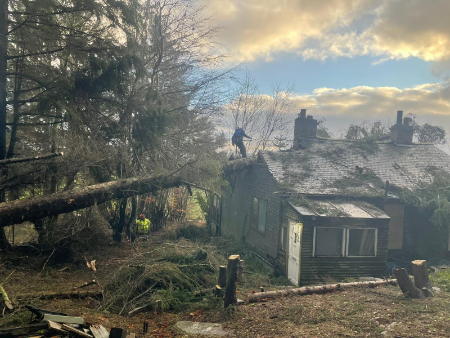What Do Tree Surgeons Do With Wood Chippings?
June 20, 2024
Have you ever wondered what to do with the wood chippings that are left over after grinding a tree stump? Many of our customers have asked us what they can do with this organic waste material so today, we are addressing the question: What do tree surgeons do with wood chippings from tree stumps? Hopefully, having discovered what the professionals use woodchips for, you will be able to make good use of them the next time you have a tree stump removed.
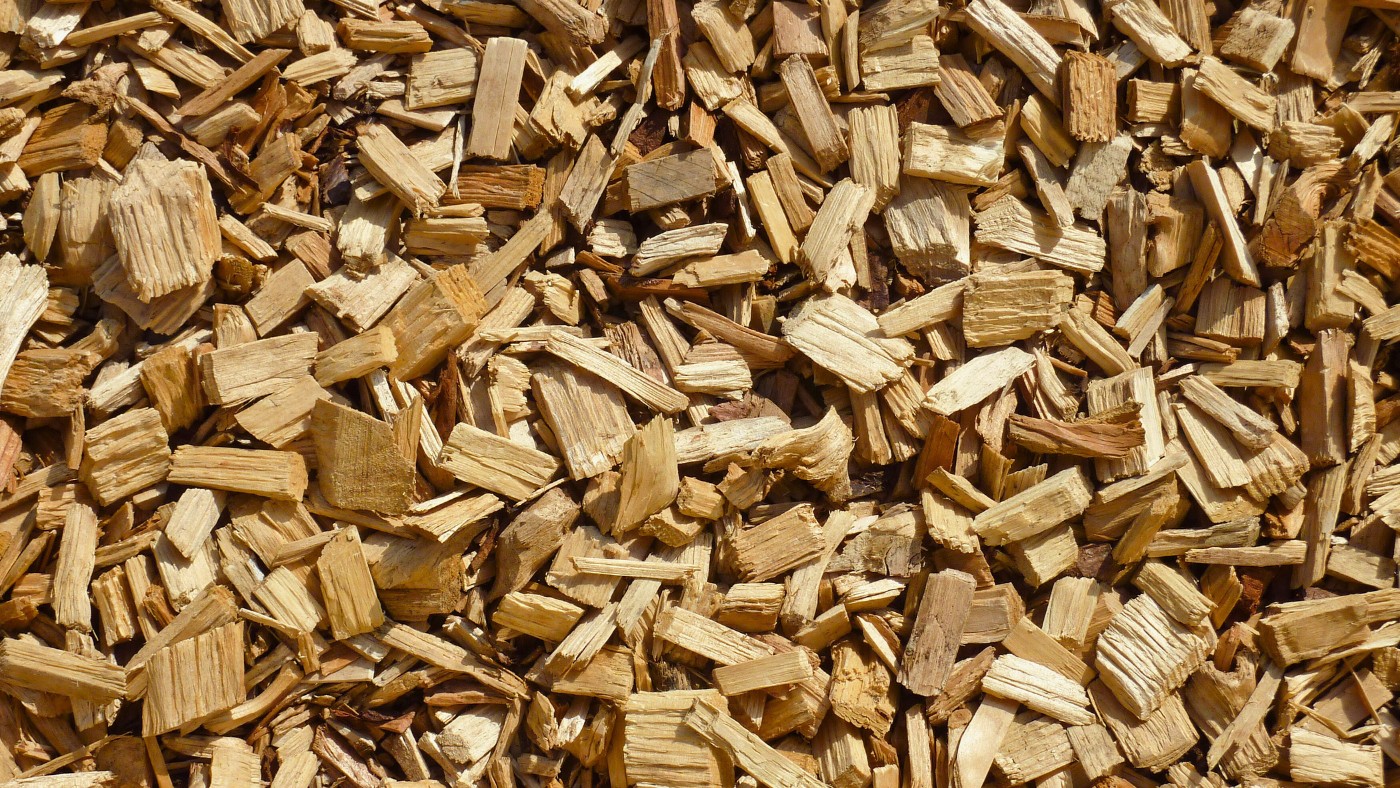
What Professional Arborists Do With the Resulting Wood Chippings After Grinding a Stump
Whether you have a small or large quantity of wood chippings left over, there are several ways in which you might be able to put them to good use:
- Mulching – Wood chips are ideal for mulching and will help to prevent your flowerbeds from drying out in hot weather. However, we recommend mixing them with dried vegetation to minimise nitrogen reduction in the soil. When used alone, wood chippings will absorb a significant amount of nitrogen from the soil as they decompose.
- Composting – Adding wood chippings to your compost heap is a great way to make good use of them without having to worry about nitrogen sequestration issues. When combined with green matter and composted, wood chippings can be used to enrich the soil in your garden.
- Making Biochar – Biochar is very similar to charcoal and is produced by burning organic waste material such as wood chippings in a controlled environment (the process is known as pyrolysis). You can attempt this process yourself, by piling the wood chippings into a stack or placing them in a hole in the ground before setting them on fire and dousing with water as soon as the smoke turns grey. Alternatively, you may prefer to ask a local professional to handle it for you. In either case, the resulting biochar can be dug into any area of your garden where weeds are causing problems. By absorbing some of the nitrogen from the soil, the biochar will slow down the weeds and may even prevent them from growing altogether.
- Growing Mushrooms – Wood chippings make an excellent, low-cost substrate for growing mushrooms. Simply inoculate, keep moist and wait for your mushrooms to arrive. You should, of course, place the substrate in a dark or well-shaded area to ensure there is adequate humidity for your mushrooms. There are many different types of mushrooms that you could try to grow in this manner but we recommend starting with some of the less demanding strains if you are new to fungi cultivation. With certain varieties, you may enjoy considerably more impressive results by adding a quality fertiliser to the wood chipping substrate.
You may also wish to consider creating natural-looking pathways in your garden with leftover wood chippings or perhaps using them for ground cover when building a children’s outdoor play area. If you need a local expert to grind your tree stump first, don’t hesitate to contact us by phone or email.
Telephone Number
Location
Craigenseat Farm, Crossroads, Keith, AB55 6LQ, United Kingdom
More from Epic Tree Care
Check our library of articles regularly, as we’re constantly growing our knowledgebase.

